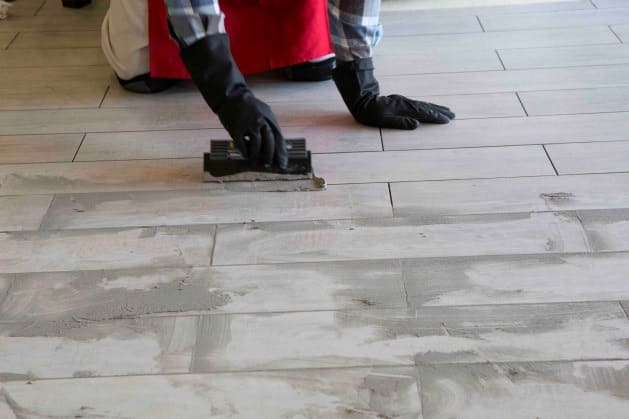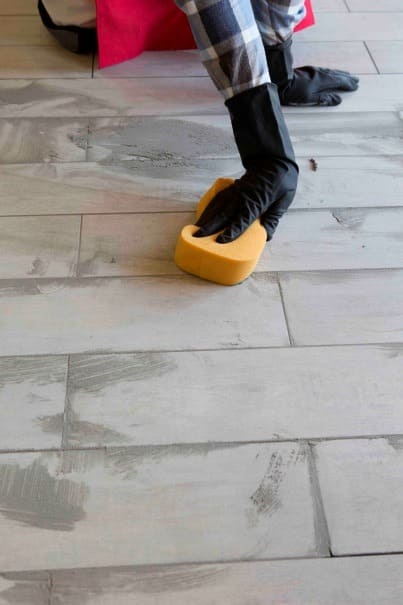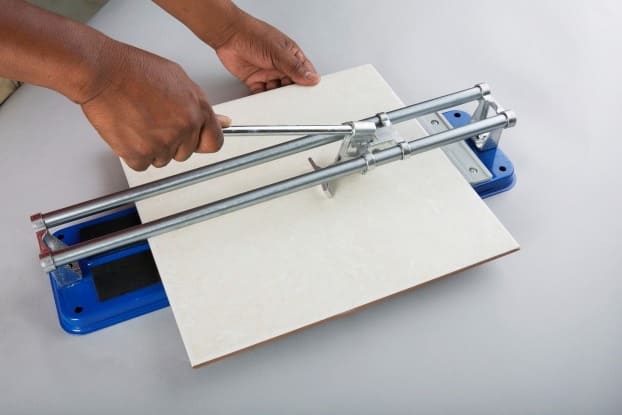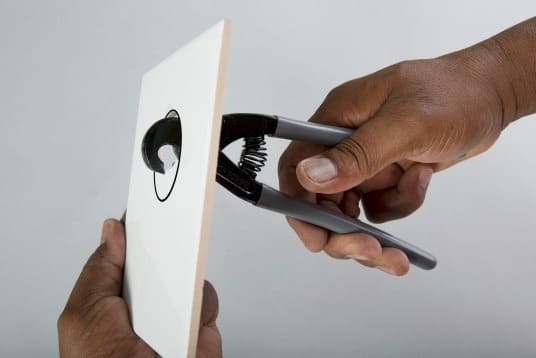Essential tools and materials for a professional tiling job
If you’re planning on tackling a significant tiling job it is worth investing in the correct tools and materials.
Laying new tiles in your home is an investment which gives a room a new look and offers a durable and easy to maintain. The tools you use for these installations can make or break the tile laying experience, so you need to take on a project with the correct tools to complete the job. This ensures that your floor and wall tile installation lasts longer – as will the tiling tools as they are designed for the job at hand.


Six top tools that every tiler needs:
- Tile cutter: Cutters are available in a range of sizes and can be in either a manual or electric format. Use the correct cutter for the size of tile, for example a 400mm tile cutter will not be able to cut a 500mm tile as the tile will be too long.
- Adhesive trowel: Ensures that adhesive is spread evenly and effectively to ensure correct contact with the tile. An adhesive trowel has a straight and notched edge - the straight edge spreads the adhesive and the notched edge ensures that, when pulling the trowel through the adhesive, an adequate amount of adhesive is spread across the work surface by making grooves which allows air to escape when the tile is bedded into the adhesive. As far as notch size goes, the general rule is that a 6mm notch is used for wall tile applications and a 10mm notch for floor tiles as well as heavy or large format wall tiles.
- Tile spacers: Ensures that any tiling project looks professional by providing correct and consistent spacing.
- Rubber mallet: A tool which beds tiles into the adhesive without air pockets and voids forming, while preventing tiles from cracking.
- Spreader: A combination spreader consists of a notched edge for fast application of grout, a squeegee for rapid grout application and includes a grout finishing profile.
- Grout sponge: Is made from dense foam which ensures a long lasting tool. A sponge with rounded edges will not make grooves in the grout while wiping off excess grout and allows a smooth finish following the cleaning of tiles.


Additional tools that will make the job easier include:
- Tile nipper - for cutting and shaping wall tiles
- Tile scorer – used to score and snap wall and floor tiles
- Profile gauge – to measure curves, for example around the toilet base and to then cut the tile according to the shape
- Adhesive and grout mixer, mechanical version
- Knee pads
- Dust mask


Some of the essential materials required to make the tiling job last include: A primer, such as TAL Keycoat (for mixing a priming slurry with either adhesive or cement), tile adhesive, such as TAL Goldstar 6; grout, such as TAL Wall & Floor Grout or TAL Quarry Grout; a latex additive for the adhesive or grout, such as TAL Bond or clean, cool water if you’re not using a latex additive.
Use a grout such as TAL Wall & Floor Grout for narrow wall and floor grout joints (between 2 and 8mm) and a grout such as TAL Quarry Grout for wider joints (up to 25mm).
High-traffic areas such as the kitchen, passage and entrance halls as well as wet areas such as the bathroom and shower require a water-resistant and flexible tile installation. Replace the water in the cementitious adhesive and grout mixes with a latex additive such as TAL Bond, to improve water resistance, flexibility and bond strength of the mix.
If you’re tackling a renovation project and will be removing broken tiles or replacing existing tiles, consider how you are going to remove the tiles. There are a number of tools that can be used to remove existing tiles:
- 3 in 1 Tile Nipper: This multifunctional three-in-one tiling tool is perfect for replacing broken tiles. It consists of a tile nipper with tipped jaws for cutting and shaping wall tiles, a tile pry bar for lifting and re-positioning tiles and a tile breaking chisel for breaking tiles when removing broken tiles.
- Heavy Duty Tile Remover: A professional quality tool which can be used to remove wall and floor tiles as well as carpets and vinyl tiles. This tool is made with reinforced steel and can be used in conjunction with a hammer.

